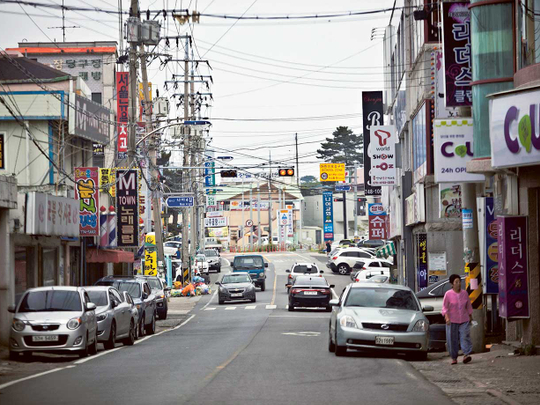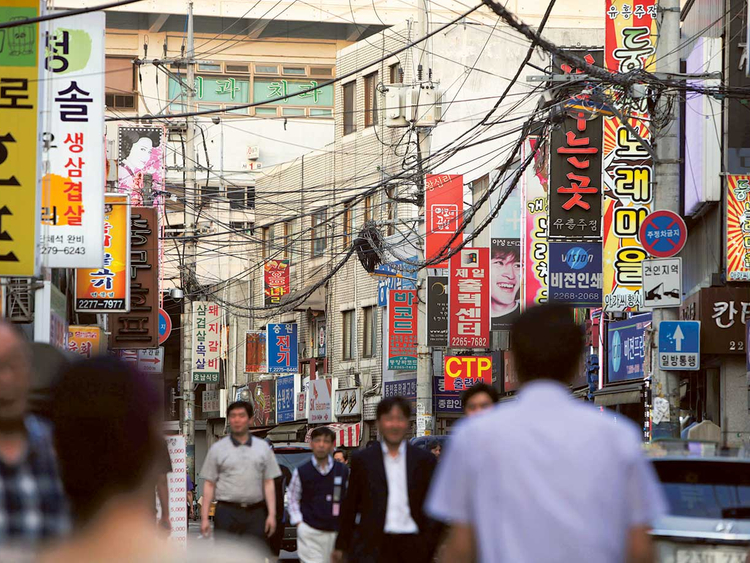
Seoul
It’s not the searing heat sweeping across South Korea that’s keeping Park Hana awake at night, but the cost of electricity she’s using to keep cool.
The 31-year-old says she dreads receiving “poktan” utility receipts at her 83-square-metre home in Gyeonggi province, using the local word for bomb, as the air conditioner roars to shield her toddler from one of the worst heatwaves in the North Asian nation. Park’s household is among those paying more per unit of power than factories, under a programme started during the mid-1970s to encourage then-fledgling industries.
“I can’t turn the air conditioner off because my kid won’t be able to sleep, and I can’t resist it either as my whole body soaks with sweat after walking home from work,” Park said.
“One night I had a nightmare about receiving my bill that stated I had to pay 3 million won [Dh9,917 or $2,700].” While the South Korean government last week temporarily cut household electricity rates amid record demand, Park says that’s an “act to calm down angry citizens.”
Protests
This debate over power prices is playing out in different ways across the globe as governments and utilities cope with consumers disgruntled over costs. Britain’s antitrust authority concluded a two-year investigation in June, saying UK customers are overpaying energy firms by £1.4 billion (Dh6.7 billion) a year.
In South Korea, a policy by the state-owned utility that charges residential customers progressively higher rates as usage increases has fuelled protests across Asia’s fourth-biggest economy. Industrial users get a flat rate from Korea Electric Power Corp., known as Kepco, and also pay less for their consumption during off-peak hours.
Residential users paid 123.69 won per kilowatt hour for electricity from Kepco last year, higher than 107.41 won by industrial consumers, data from the company’s website show.
For a household that uses 600 kilowatt hours of electricity a month, putting it among the highest-tier users, the bill would work out to be about 191,200 won. That’s about 5 per cent of the average monthly disposable income at the nation’s households in the first quarter of 2016, according to government data. After the temporary price cut, the equivalent of only about $30 would be shaved off the expense, Bloomberg calculations based on data from the energy ministry show.
Still, electricity rates in South Korea are among the lowest when compared with other developed economies. Prices in the nation were at 6.68 pence per kilowatt hour over 2015, according to International Energy Agency data on the website of the UK’s Department of Energy & Climate Change. Japan paid 14.72 pence and Denmark 22.07 pence while Norway was lower at 6.18 pence, the data show.
South Korea’s Ministry of Trade, Industry and Energy and the ruling Saenuri party was to meet on Thursday to discuss the electricity-rate system, including the pricing for households as well as industries, Lee Che Ik, a lawmaker, said in a Twitter post. A spokesman for Kepco said the utility is following policy set by the government and declined to comment further.
— Bloomberg












